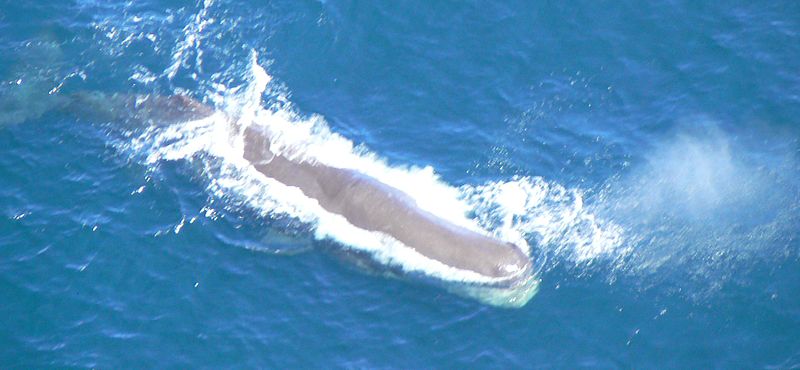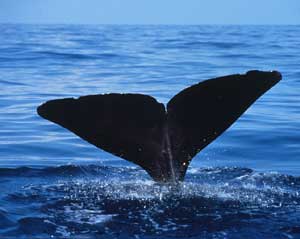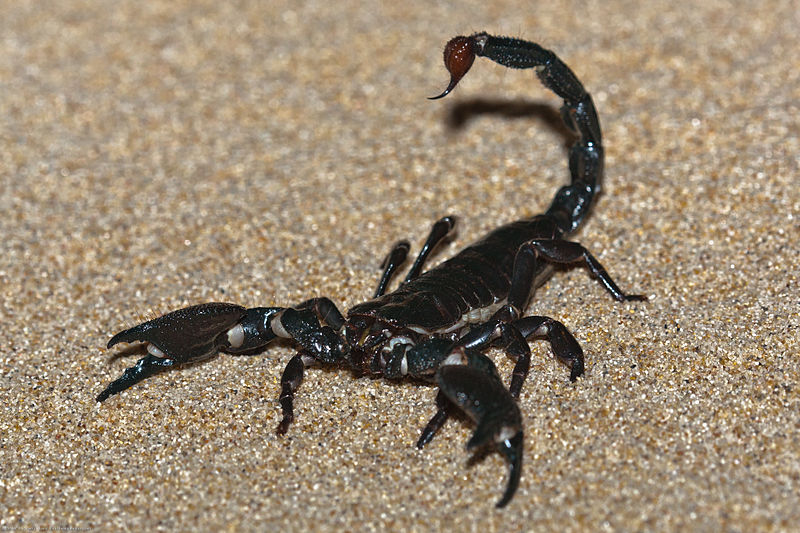
Did You Know?
- The loud clicking sound produced by the Sperm Whale is the loudest of any animal on the planet
- Not only are they the loudest animal but this whale is also the deepest diving mammal in the ocean
- The Sperm Whale continues to break records as they also have the largest brain of any animal
- The most popular whale, Moby Dick, was actually a Sperm Whale
The Largest Brain in the Animal Kingdom
After looking at the above facts, we obviously need to discuss the physical attributes of the Sperm Whale. The Sperm Whale can reach a length greater than 20.5 metres (67 feet) with their head contributing to 1/3 of their overall length. Therefore, it shouldn’t come as a surprise to learn that these creatures do indeed have the largest brain of any animal…yes, even bigger than the smartest kid in your class. Believe it or not the average wight of their brain is around 8 kilograms (18 pounds), which may not sound astounding until you consider that a human brain weighs about 1400 kilograms (3.1 pounds). It also shows that just because you have a big brain doesn’t make you the smartest animal in the world. 
So why are they called Sperm Whales?
It is not what you think (get your mind out of the gutter :)). Interestingly enough the massive head of this whale is filled with a white, waxy substance known as spermaceti, which early scientists mistakenly identified as the whale’s sperm, hence the name. I can 110% confirm that the white substance in the head of the Sperm Whale has nothing to do with reproduction. So what is the function of the spermaceti? There are two different hypotheses (yes, this means we don’t really know). The first guess is that this substance acts as a buoyancy control mechanism but in order for this to work the whale would need to have a way to heat the waxy substance so they could adjust the density and as such control the buoyancy. I have a tough time believing this theory as I am not aware of any mechanisms the whale has for heating this substance.
Spermaceti Provides a Clear Vision
The second idea is more plausible to me. It is postulated that the dense substance is used to enhance the resonance of their clicks, thus allowing them to enhance their echolocation efforts. This substance would provide the animal with a much clearer picture of their surroundings. While it isn’t proven, I believe this makes more sense than the buoyancy theory. What do you think? Let us know in the comments below.






